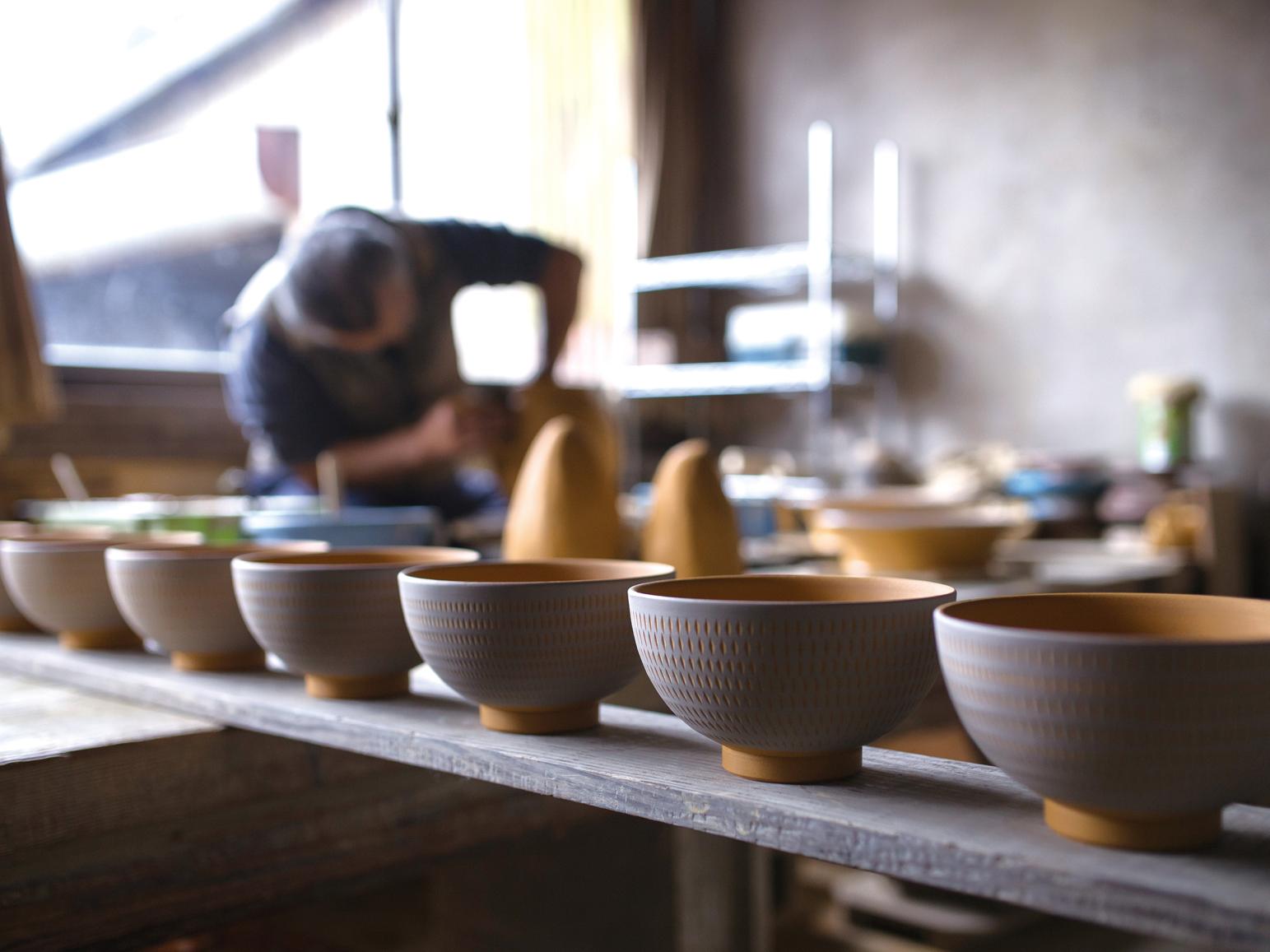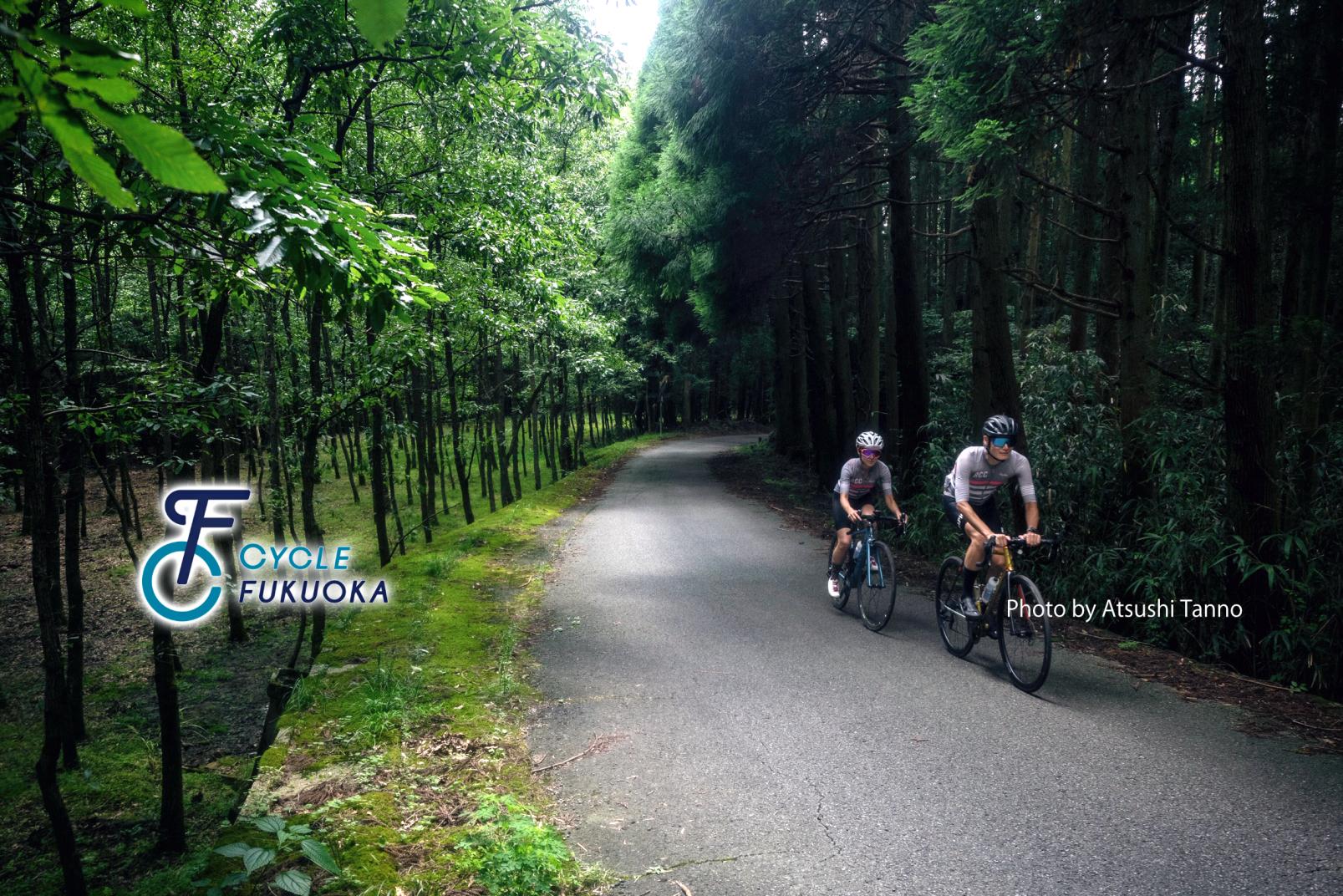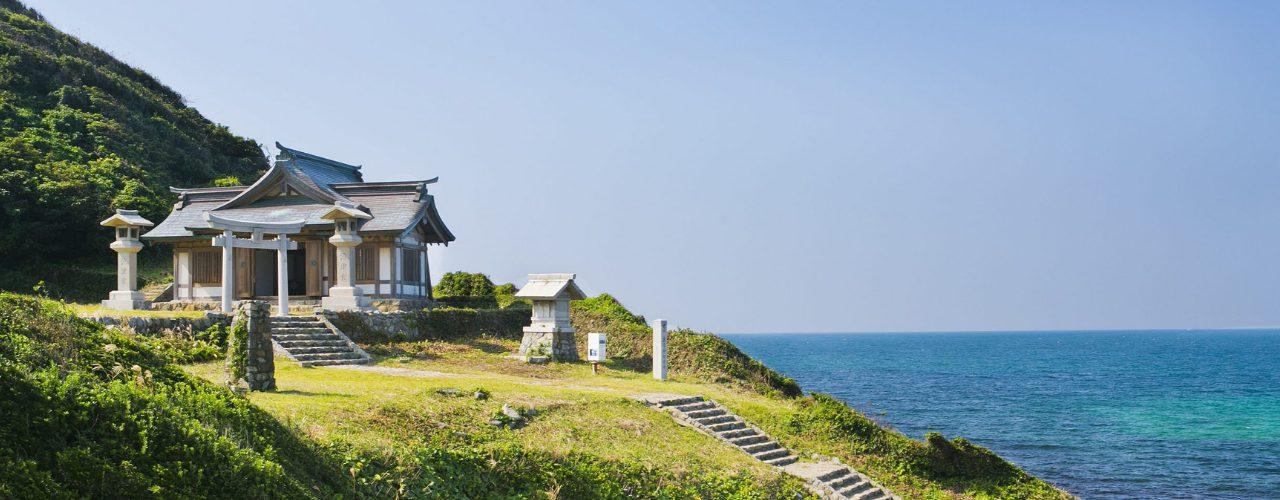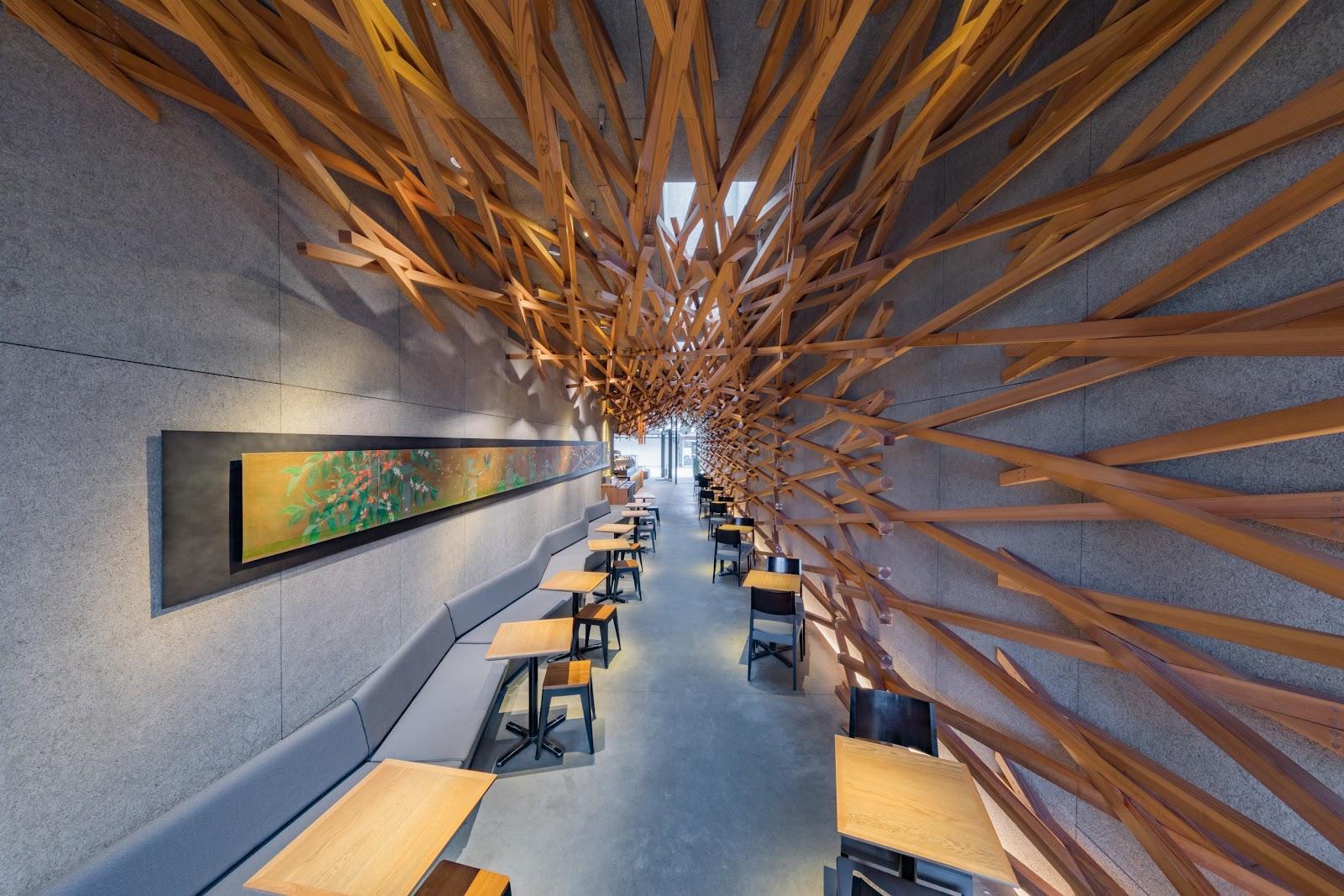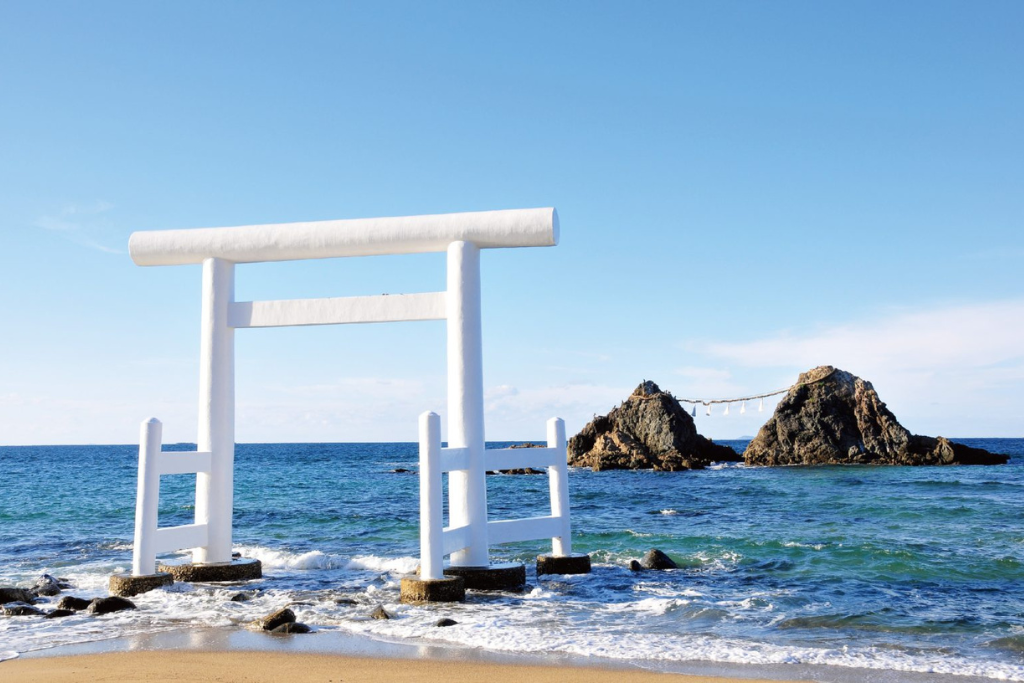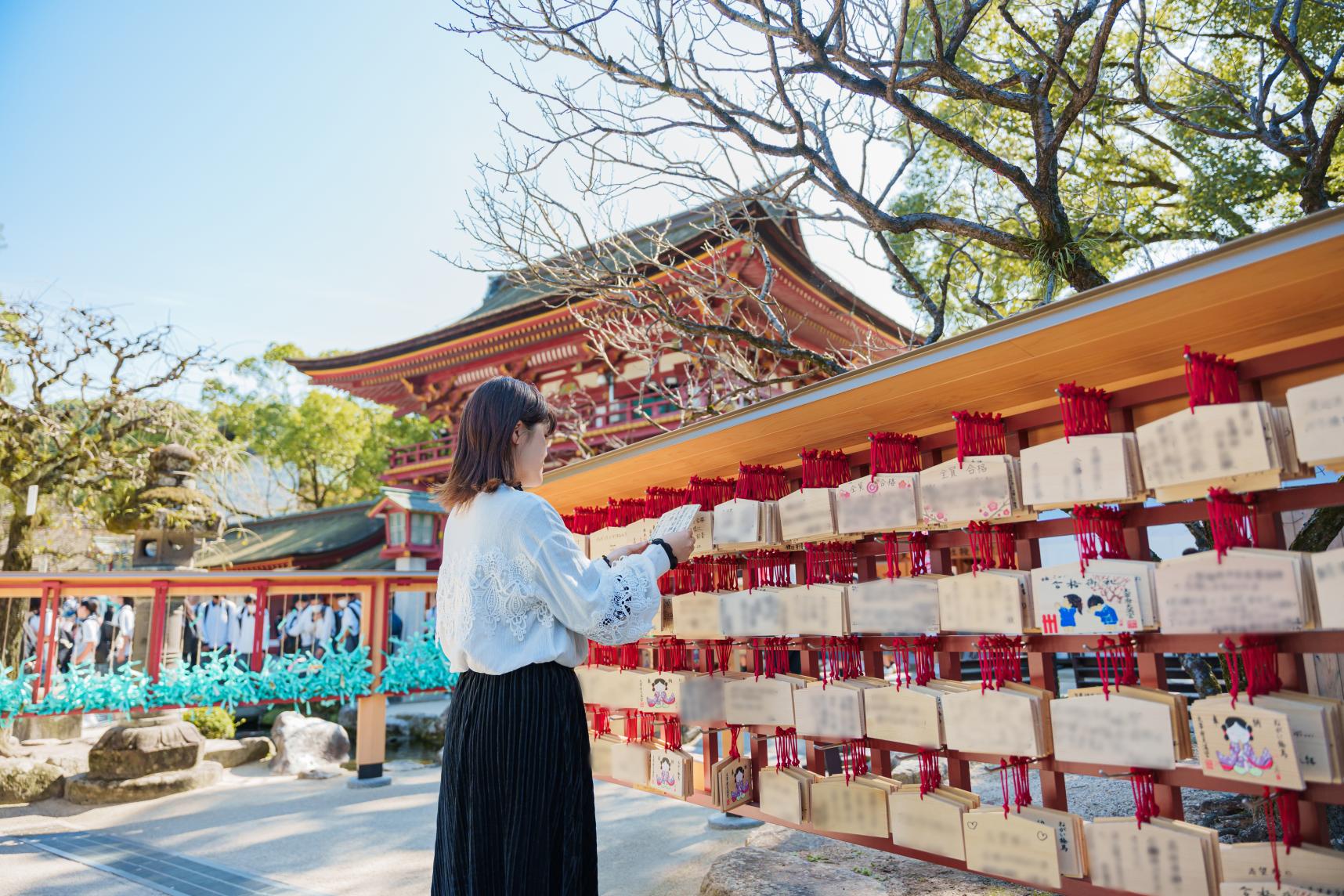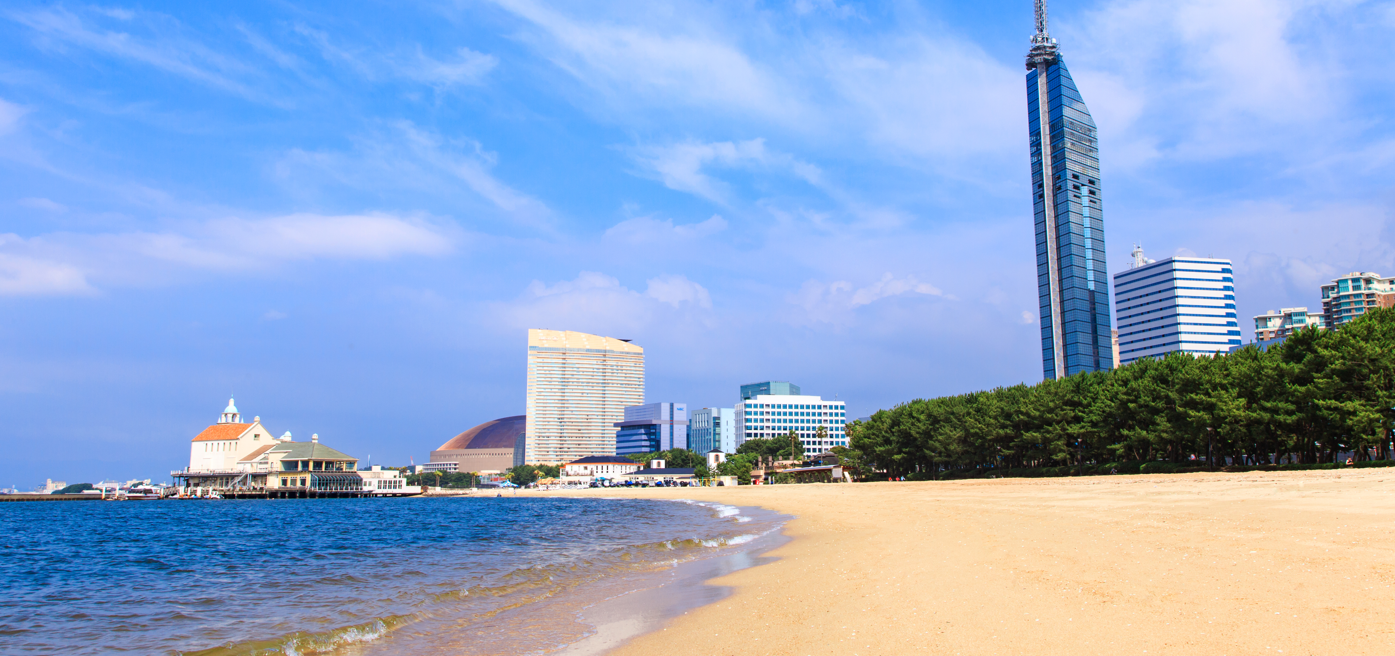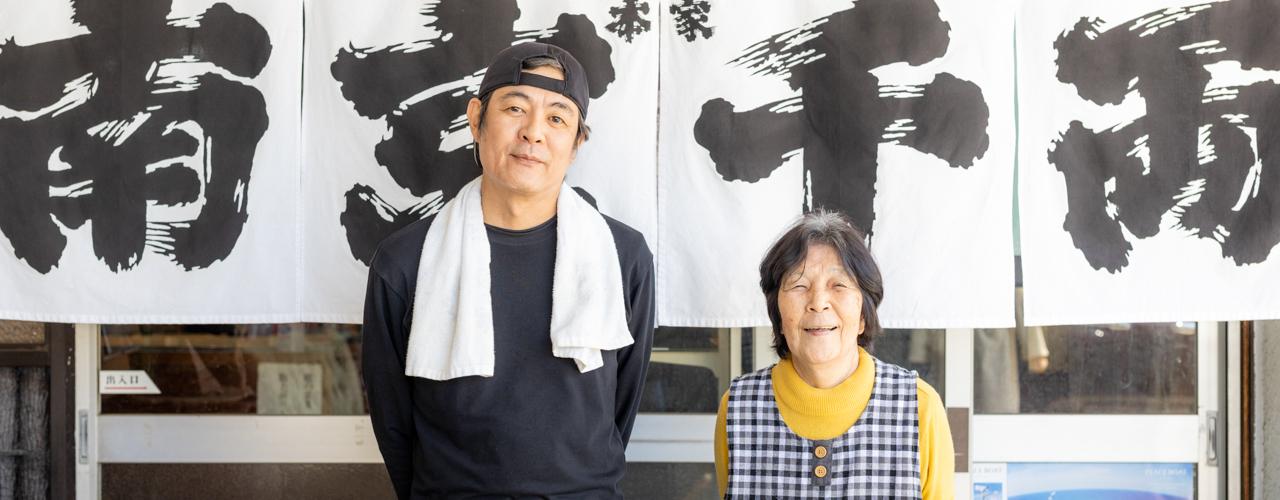
Visiting the origin of Kurume Tonkotsu Ramen, one of Fukuoka’s most well-known specialty dishes
Tonkotsu ramen – a particularly popular dish, both in Japan and abroad, even when compared to the many other fine specialty dishes that Fukuoka has to offer; A close look into the ramen culture of Kurume, the town where tonkotsu ramen developed.
A town where culinary culture matured and flourished as the area developed in the postwar period
Kurume City, located in the Chikugo region of southern Fukuoka Prefecture, is the birthplace of tonkotsu ramen, characterized by its lightly-colored broth made from pork bones. At the South Exit of JR Kurume Station, visitors to the city are welcomed by a monument presenting the history of Kurume’s ramen culture.
It all started in 1937 when a portable food stall called Nankin Senryo opened for business on Meiji-Dori, an avenue running through the center of Kurume. The first owner, Tokio Miyamoto, had originally operated a portable stall named Tanuki, where he sold udon (wheat flour noodle dishes). However, taking inspiration from chuka soba (a buckwheat noodle dish that had been popular in Tokyo and Yokohama) and champon (a specialty dish from his hometown of Nagasaki), Tokio eventually succeeded – after a series of trials and errors – in developing his own original style of ramen soup.
Chuka soba is a noodle dish that consists mainly of Chinese-style noodles and soup, but a variety of other ingredients are also occasionally included. However, once Nisshin Foods released Chicken Ramen (the world’s first instant ramen product) in 1958, the term “ramen” became much more common.
Champon, on the other hand, is local dish from Nagasaki in western Kyushu that combines sautéed pork, onions, and other vegetables, as well as slices of boiled fish paste and various other types of seafood with soup made from chicken bones, pork bones, and other ingredients. It is characterized by its alkaline noodles made using a technique unique to Nagasaki known locally as “toaku.” This dish as well was inspired by Chinese cuisine – specifically the cuisine of Fujian Province in southeastern China.
Nankin Senryo’s tonkotsu ramen was influenced by these two dishes. It seems that Tokio served his ramen with a clear soup similar to that of chuka soba. The white, cloudy style of soup seen today did not appear until 1947, ten years after Nankin Senryo opened for business. One day, a man by the name of Katsumi Sugino, the first owner of a portable food stall operating in Kurume named Sankyu, accidentally left his soup cooking on the stovetop while he stepped away from his stall for a period of time. The pure white soup that this happened to create is said to be the origin of the white, cloudy style of tonkotsu soup known today.
Later, other portable ramen stalls began opening in Kurume, including Banyoken (date unknown), Seiyoken in 1952, Taiho Ramen a year later in 1953, and Raifukuken in 1954, just to name a few. Ramen stalls in Kurume prepared soup using a unique method, dubbed “yobimodoshi*” by Hitoshi Katsuki, the second owner of Taiho Ramen, in which the proprietors would continually replenishing the always-partially-full soup pot with newly cooked soup instead of cooking an entirely new batch each day.
*Named after a sumo move in which one wrestler uses the other’s strength to enhance their own.
As local companies such as Bridgestone, MoonStar, and Asahi Shoes began to achieve great success in Kurume during the postwar period, a culinary culture with a focus on low-priced yet delicious dishes such as ramen and yakitori (grilled chicken skewers) also began to flourish.
The original flavor of Kurume-style tonkotsu soup
The portable food stall Nankin Senryo used to be open for business from 7:00 p.m. to 4:00 a.m. on Meiji-Dori (also designated as National Route 264) in the area between the Suitengu-Iriguchi and Higashimachi intersections, a roughly 5-minute walk from Nishitetsu Kurume Station. On the sidewalk on the north side of the street near the intersection one block east from Ebisubashi Intersection stands a stone tribute marking the birthplace of Tonkotsu Ramen.
Tokio helped members of his family establish four ramen shops in Kurume City under the name Nankin Senryo, three of which are now closed. The Nankin Senryo Marin shop is closed for business, and the portable food stall ceased operation in April 2019. The only shop still in operation is Nankin Senryo Honke, the brand’s main shop, located near JR Minami-Kurume Station. So, that’s where I headed for a bowl of what pioneered the tradition of Kurume Ramen.
The shop is run by Hiroshi Miyamoto (the third generation of the Miyamoto family to operate the business) and Chieko, his mother. At the age of 25, Chieko married Kenji Miyamoto, the son of the founder and the second owner of the shop. For the period of more than 50 years since that time, she has been working here in this shop, making her an invaluable source of information on its history and anecdotes.
Before delving into the history of the Miyamoto family, however, I first ordered a bowl of ramen. Hiroshi is normally the lead cook, but since he was in the back of the kitchen preparing ingredients, Chieko agreed to make my ramen. She took a few light steps toward the kitchen and began to skillfully prepare my order.
First, she took a serving of noodles and dropped it into a pot of boiling water. A few moments later, she scooped out the noodles using a flat mesh strainer, swiftly flicked off the excess water with practiced ease, and slid the noodles into a deep bowl of soup. In that moment, the petite and charming Chieko took on the visage of an ‘artisan.’
With a smile, she said, “Our ramen is a bit different than other places, don’t you think?” Here, ramen is served in the distinctive Nankin Senryo style, featuring homemade chijiremen, or ‘wrinkled noodles,’ together with rectangular slices of roasted pork and bamboo shoots – a style that has remained unchanged since the shop’s founding.
It is rare to see this type of wrinkled noodles, even among varieties of Kurume Ramen, but Nankin Senryo Honke has been making this style of noodles on site ever since it opened. Currently, Hiroshi is in charge of noodle production in the small noodle mill attached to the main store. Other ingredients include green onions and grilled laver. I began to salivate as the aroma of freshly made ingredients and enticing appearance piqued my appetite.
The tonkotsu soup is full-bodied yet has a light flavor. It can tell that this would also be the perfect meal after a night on the town drinking with friends. The wrinkled noodles, made on site, have a smooth, light texture. In what seemed like the blink of an eye, my bowl was empty. Here, a bowl of ramen only costs 550 yen (including tax), so it’s also pleasing for your wallet.
Hiroshi grew up eating Kurume Ramen from a very young age, and he said, “I have always loved Kurume Ramen.” Now that he has taken over his family’s long-standing business, he is at the shop every single day. Hiroshi is Kenji and Chieko’s second eldest son. After the portable food stall shut down, their fourth son Takatomo also worked in the shop.
Hiroshi said, “I have my hands full with the day-to-day operations,” which makes perfect sense considering that he is in charge of everything from making the noodles and preparing the roast pork through to administration of the business.
Although there is still much to be done, the Kurume Ramen Shop Owners Association is currently working on a plan to preserve Nankin Senryo’s portable food stall as an historic asset. The existing Nankin Senryo food stall is considered a valuable treasure that conveys the cultures surrounding both portable food stalls and ramen.
Karikari, considered the hallmark of Kurume ramen …But what is it?
When discussing Kurume-style tonkotsu ramen, one mustn’t forget to mention karikari. Take a close look into the soup and you might see tiny brown bits of tonkotsu oil floating on top – those are karikari. Hiroshi Katsuki, the founder of Seiyoken is attributed with their invention, but later, other shops began to prepare karikari in their own unique ways, and as pointed out to me by Toshihisa Ogaki, the second owner of Daiei Ramen, “Both the method of preparation and the flavor differ from shop to shop.”
Daiei Ramen was founded by Toshihisa’s father Taketoshi Ogaki, and the shop celebrated its 50th anniversary in 2022. This long-standing shop is one of the few that has continued to serve karikari all the way up to the present day.
Karikari is fragrant and crunchy, but after a while, the bits soften as they absorb the soup. They add a habit-forming accent that is unknown in other regions yet very familiar in Kurume. At Daiei Ramen, you can get karikari as a topping, and locally in Kurume, some regular customers are such connoisseurs that they even order a triple helping!
The story of Kurume Ramen all started with a portable food stall named Nankin Senryo. Now, more than half a century later, as it evolves over time, the culture of Kurume Ramen is entering its next phase – with the aim of reaching 100 years of tradition. In this relay of succession, the baton of proprietorship has been passed down from the founder to later generations, and this unbroken chain of inheritance will enduringly continue on into the distant future.
Nankin Senryo Honke
1357-15 Nonakamachi, Kurume City, Fukuoka Prefecture
+81-942-22-6568
Interview and text: Mayuu Yasunaga(Chikara)
Photography: Kazuhiro Kaku
Project Direction: Chikara
Translation: Aaron Schwarz


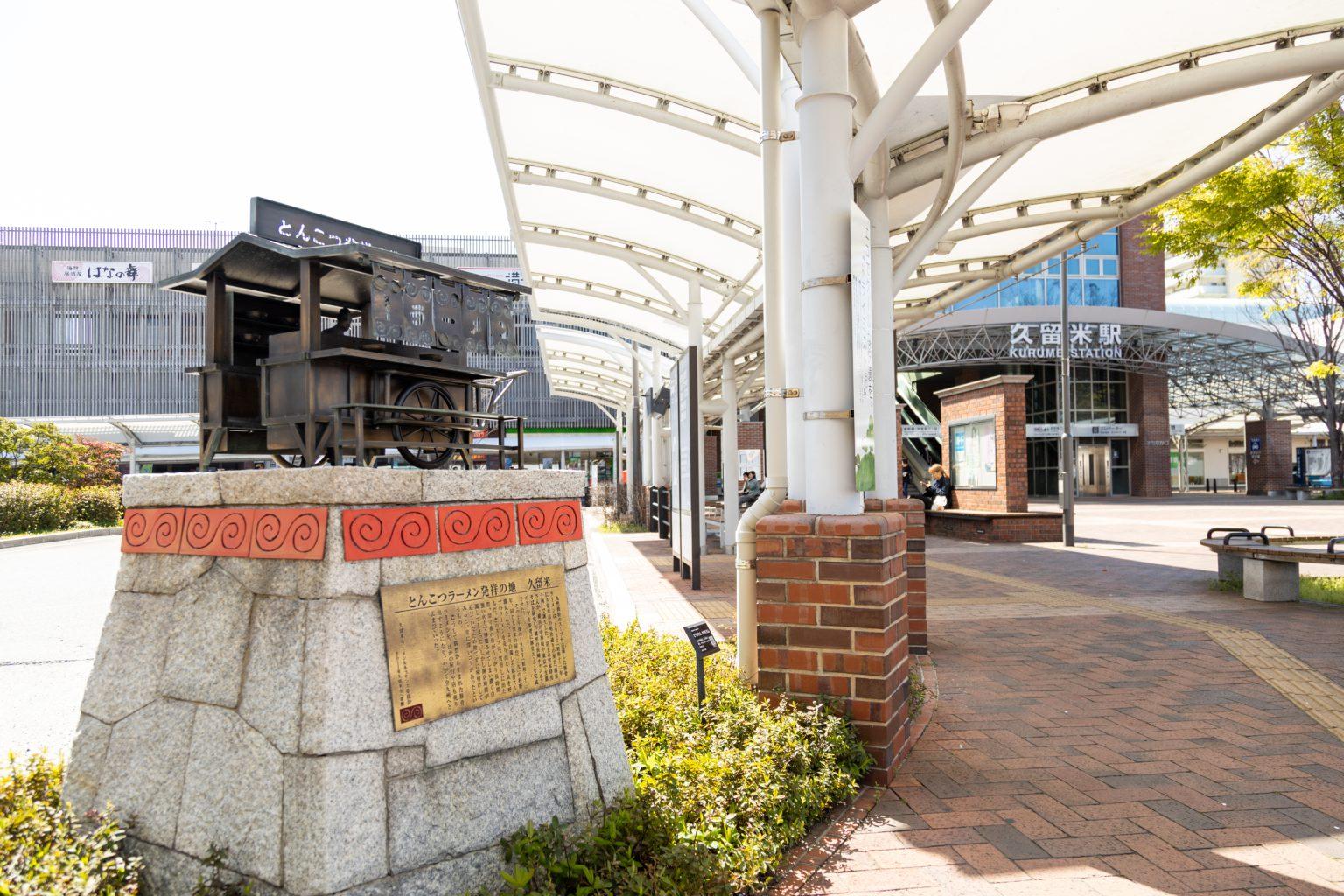
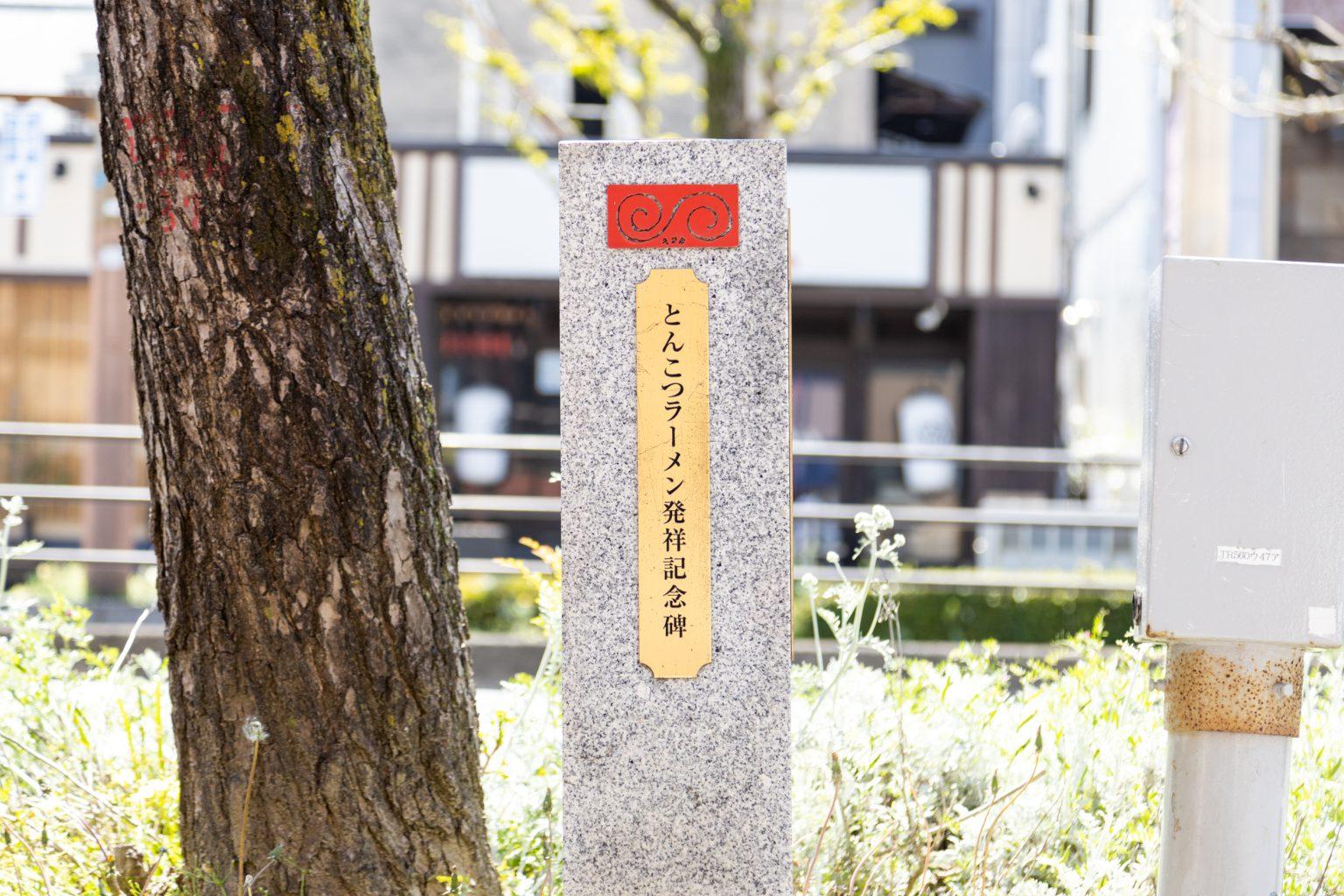
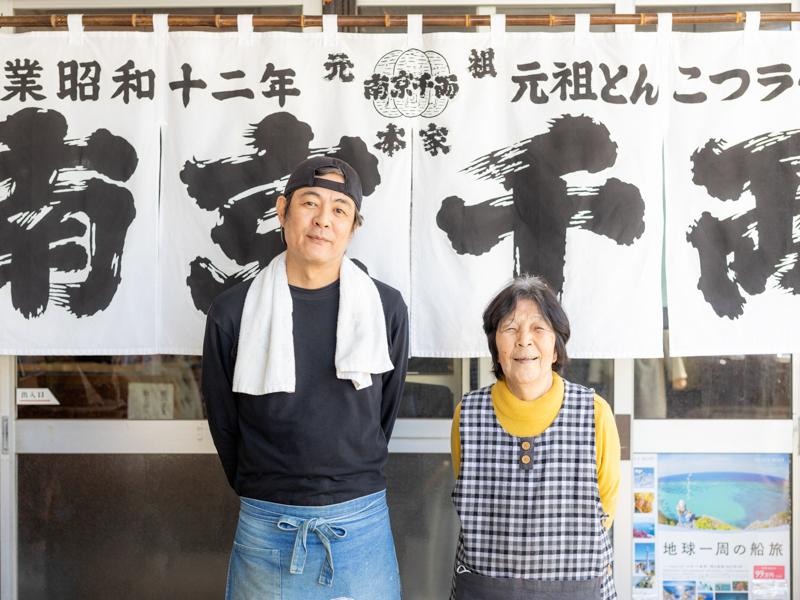
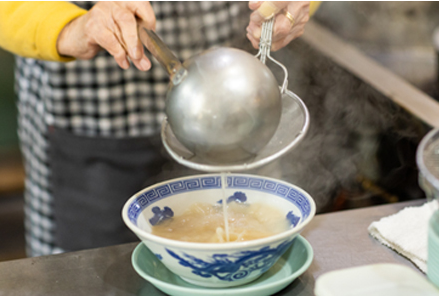
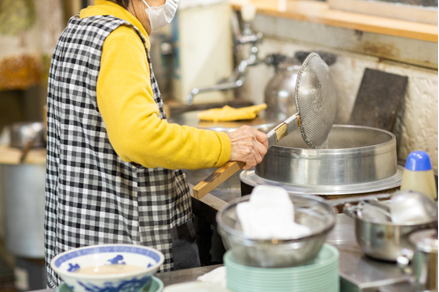
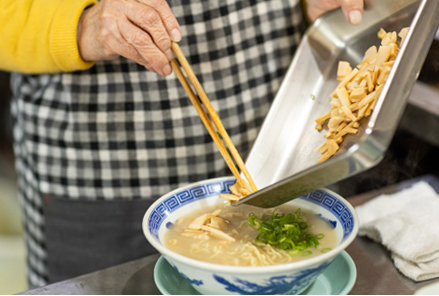
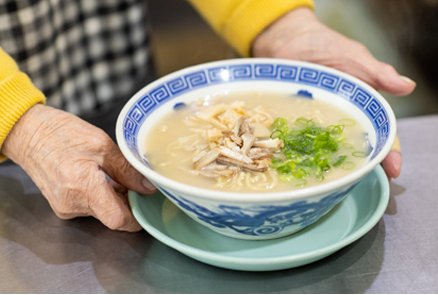
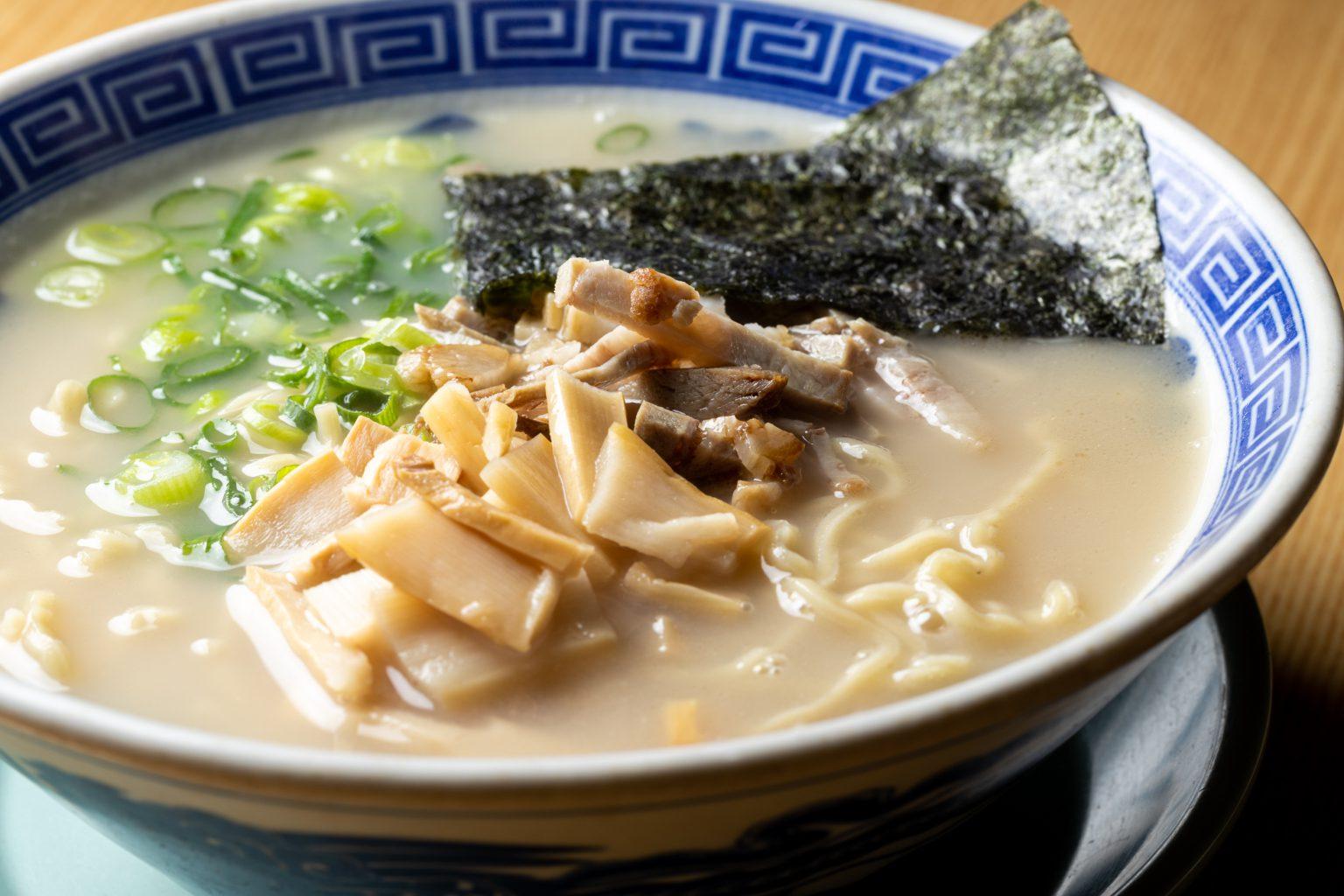
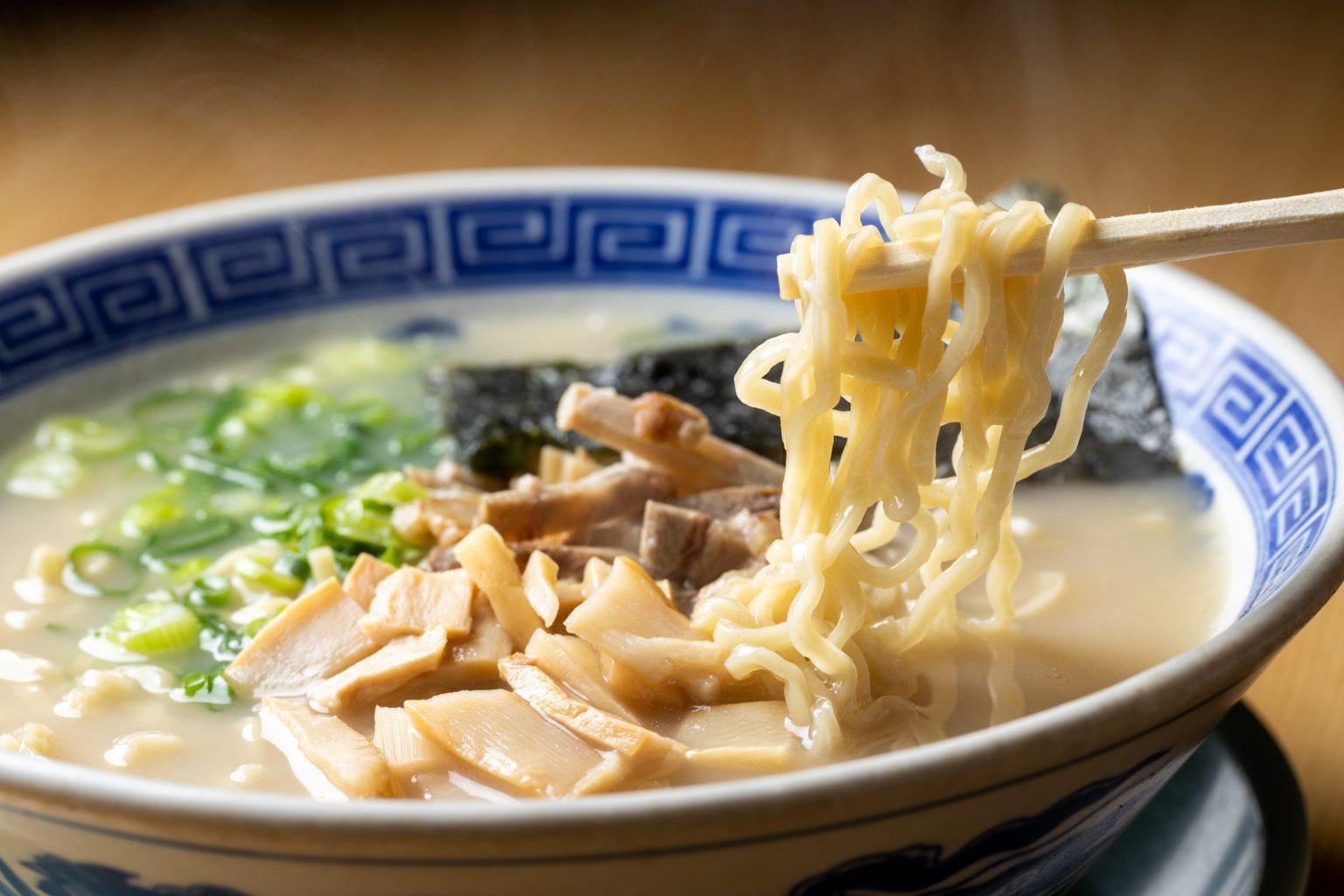
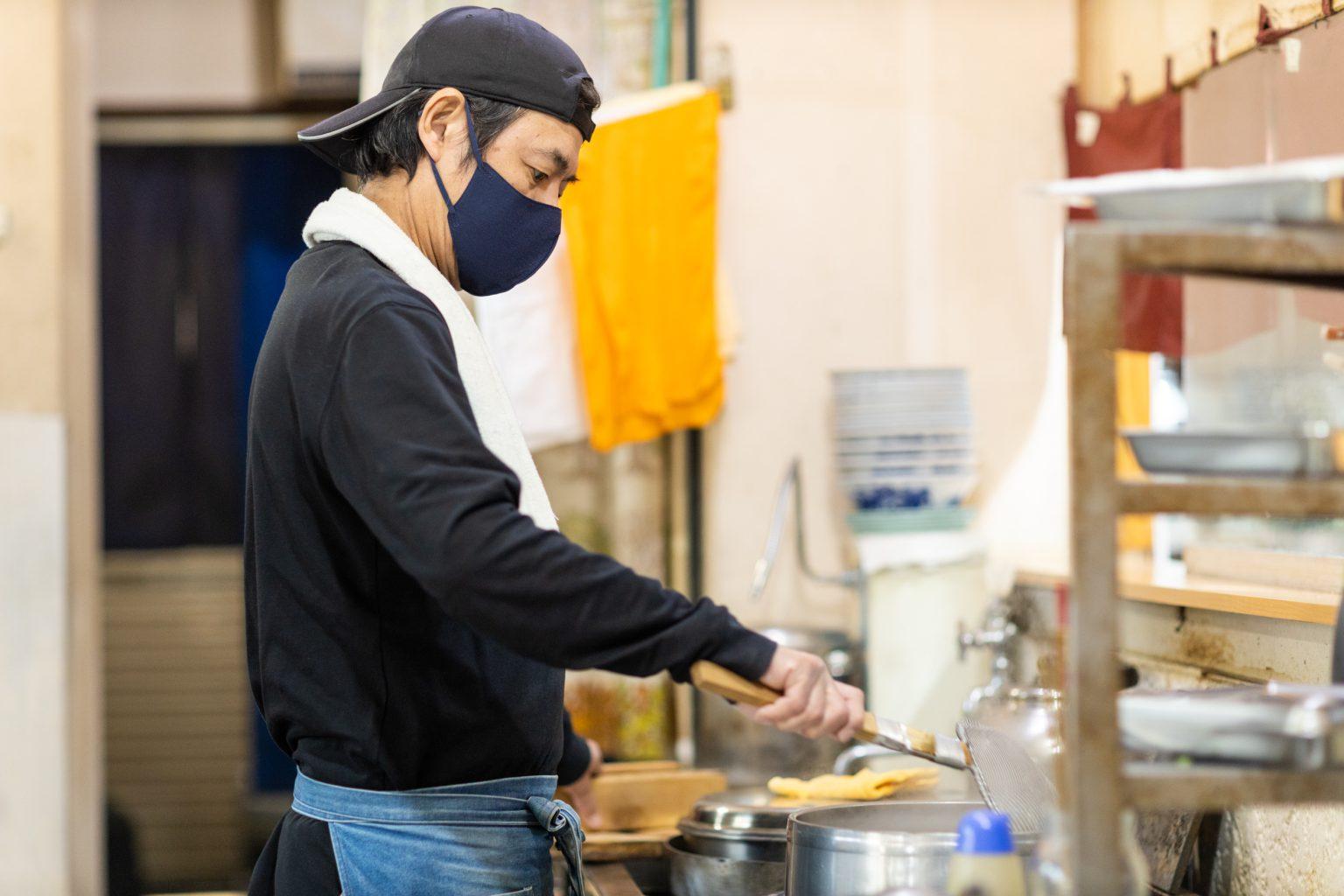
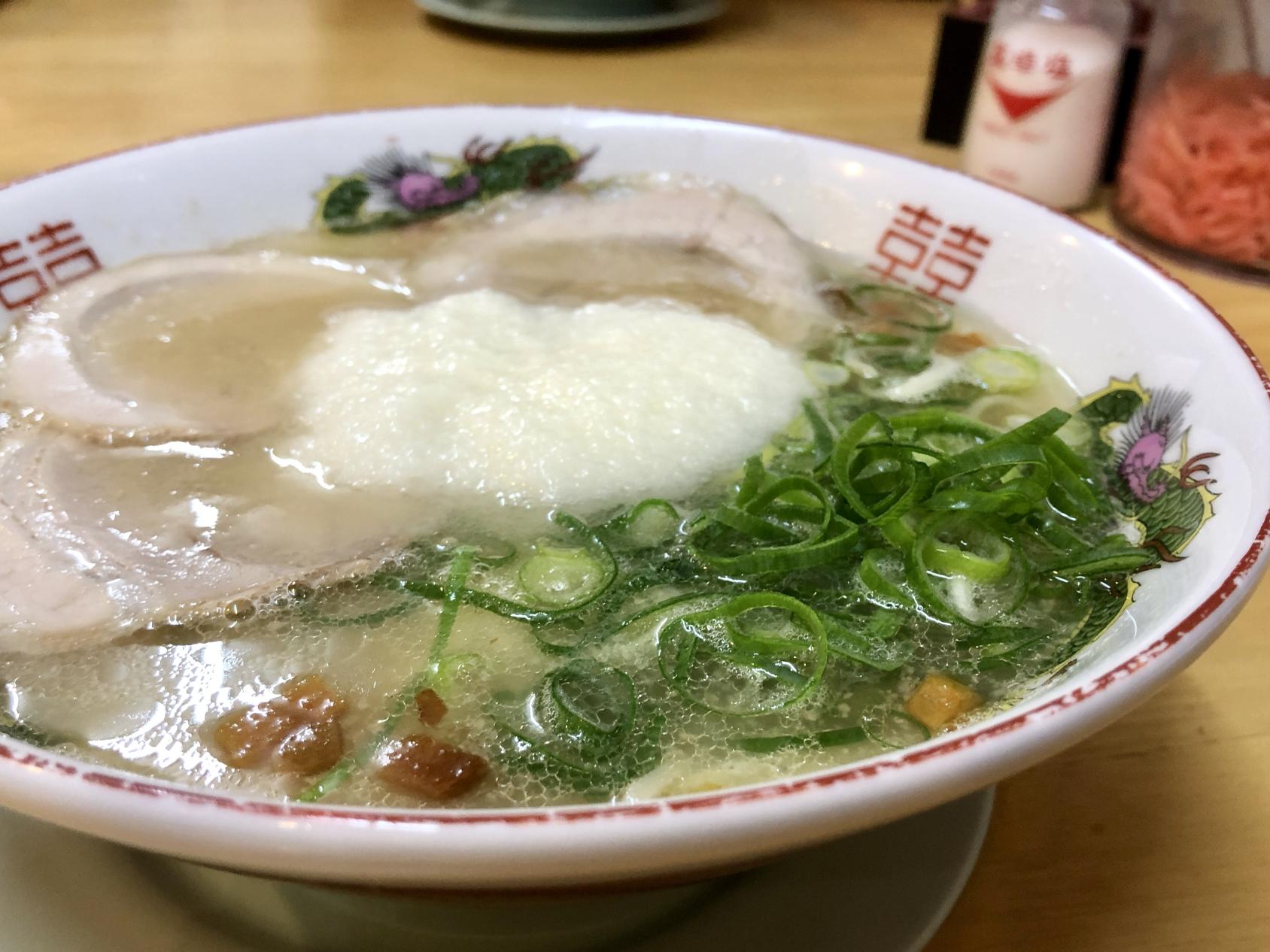
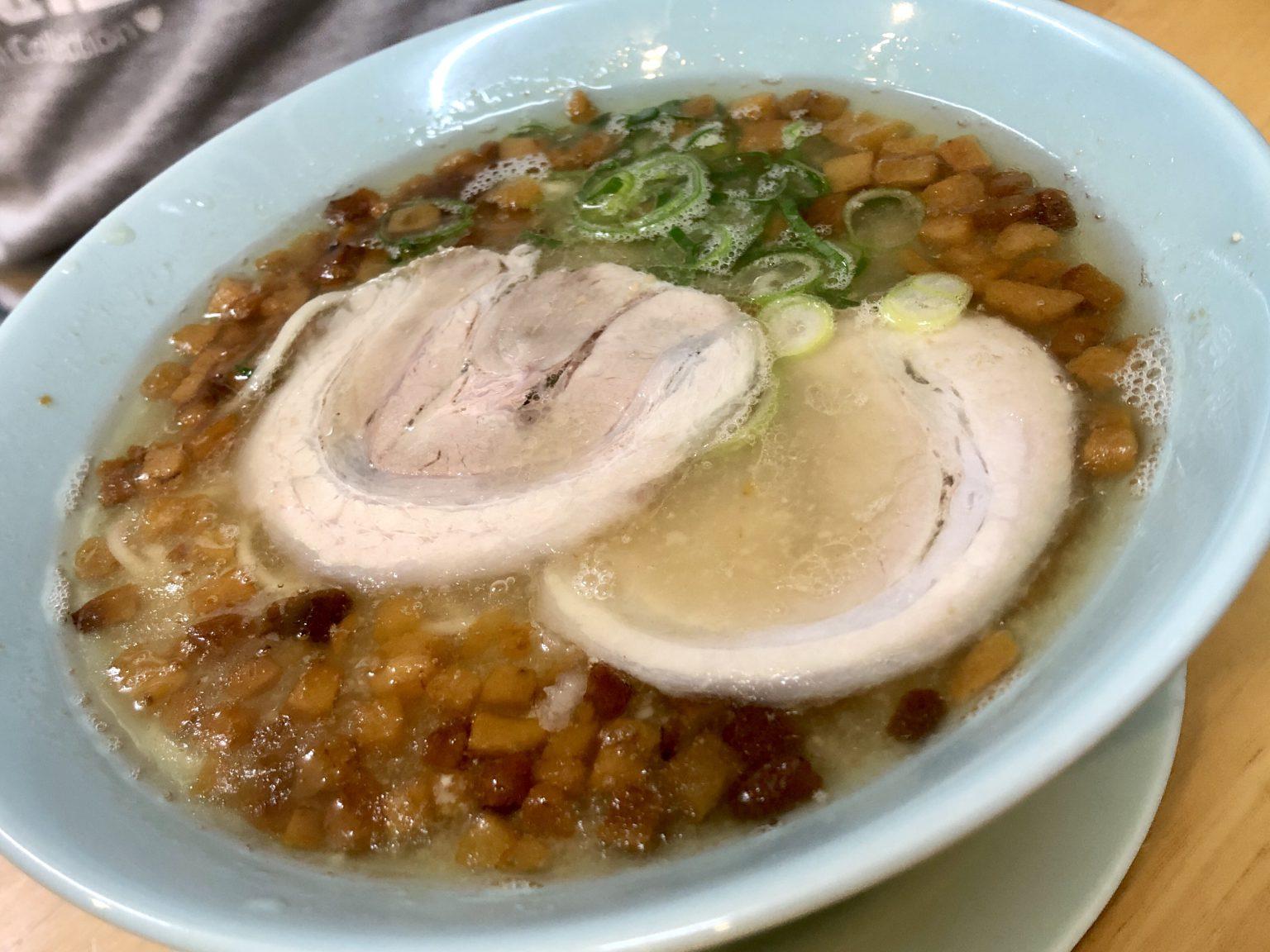
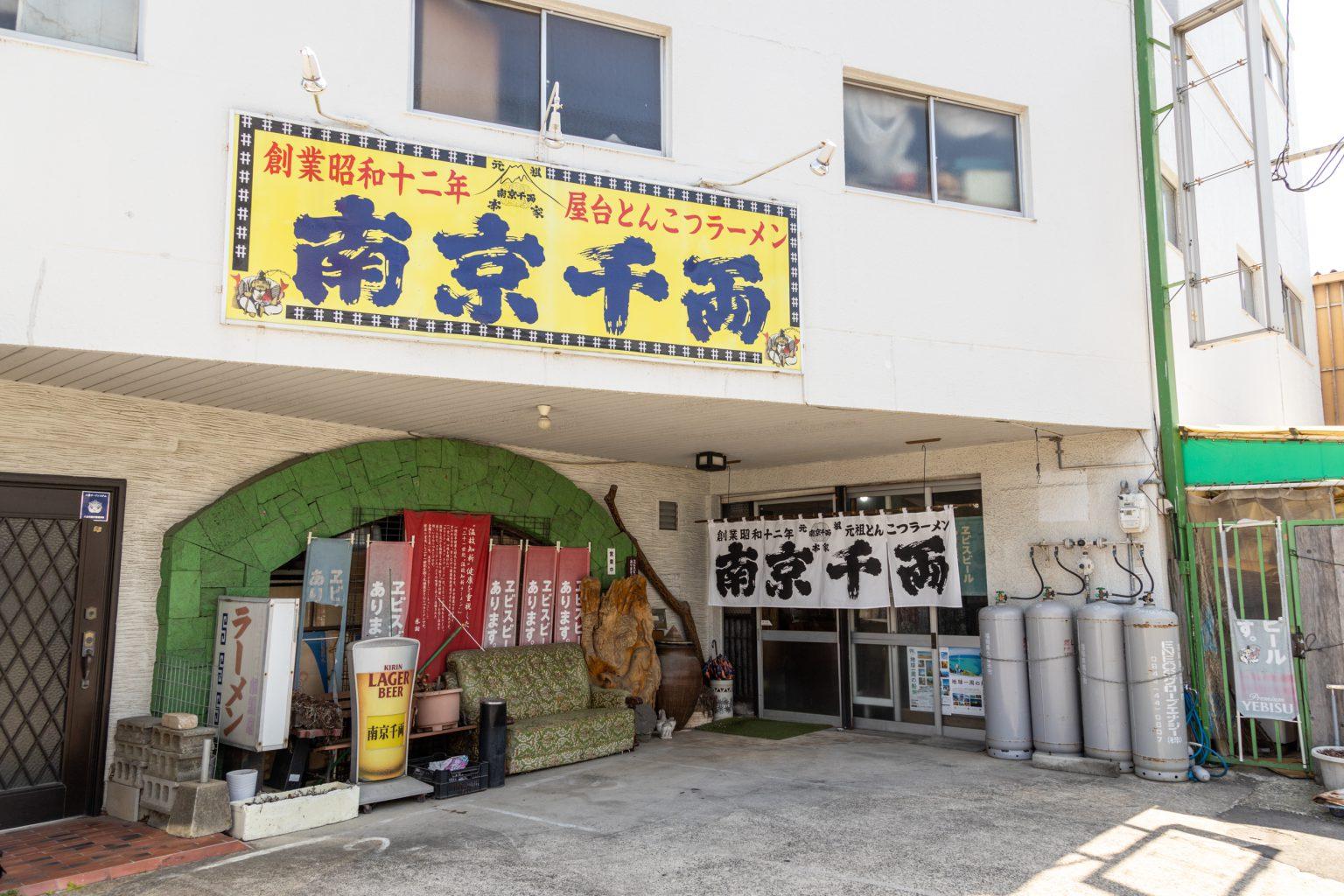
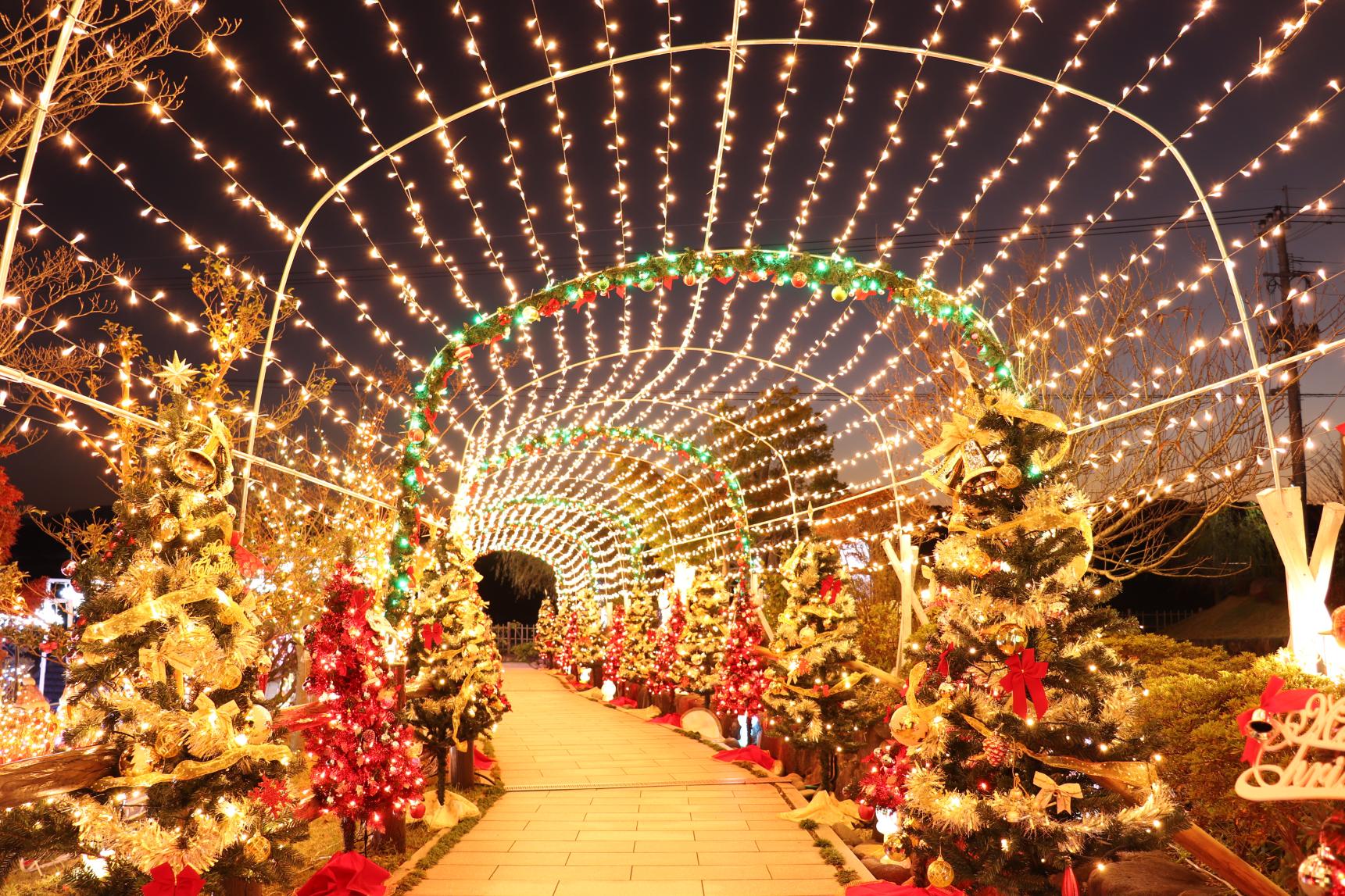
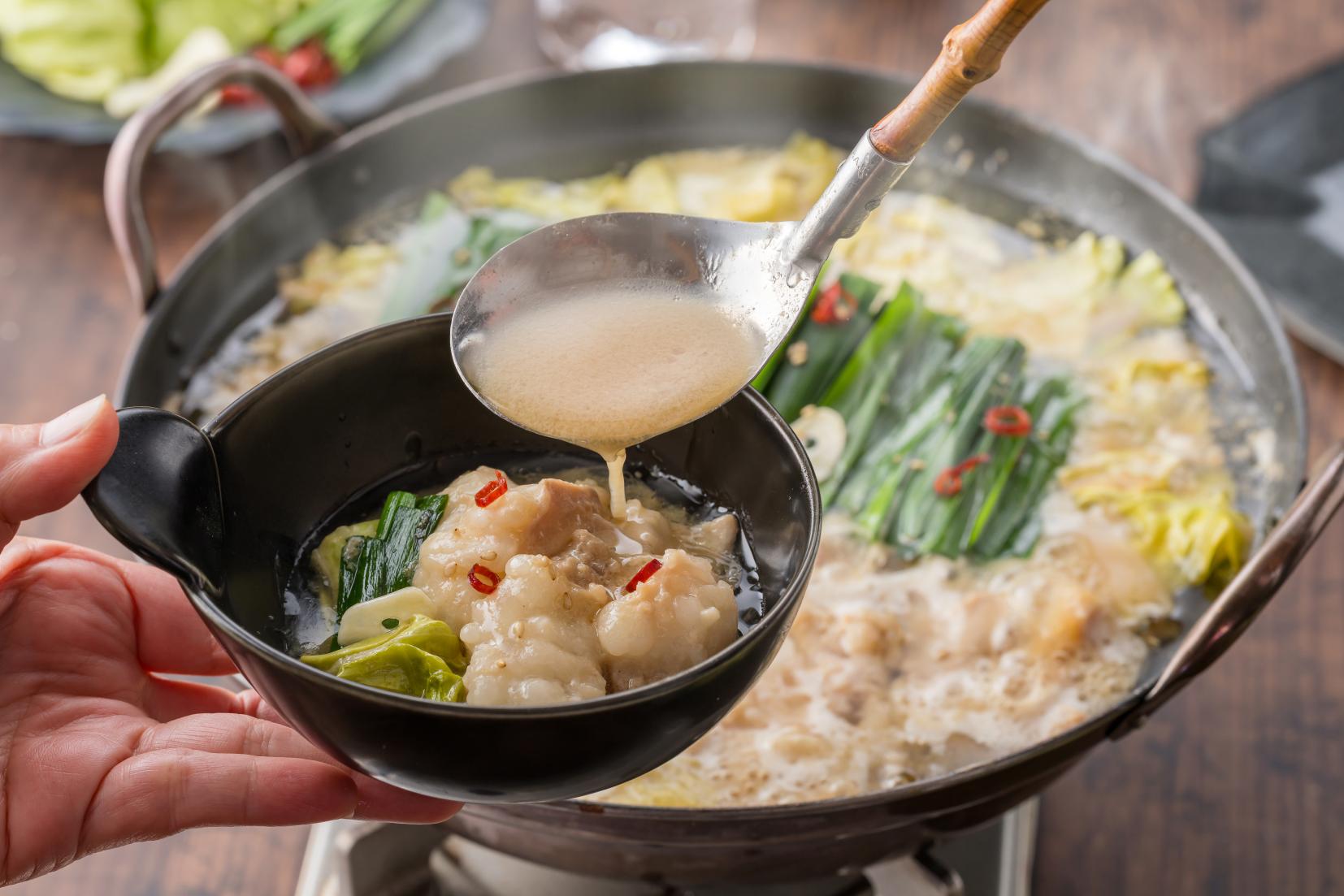
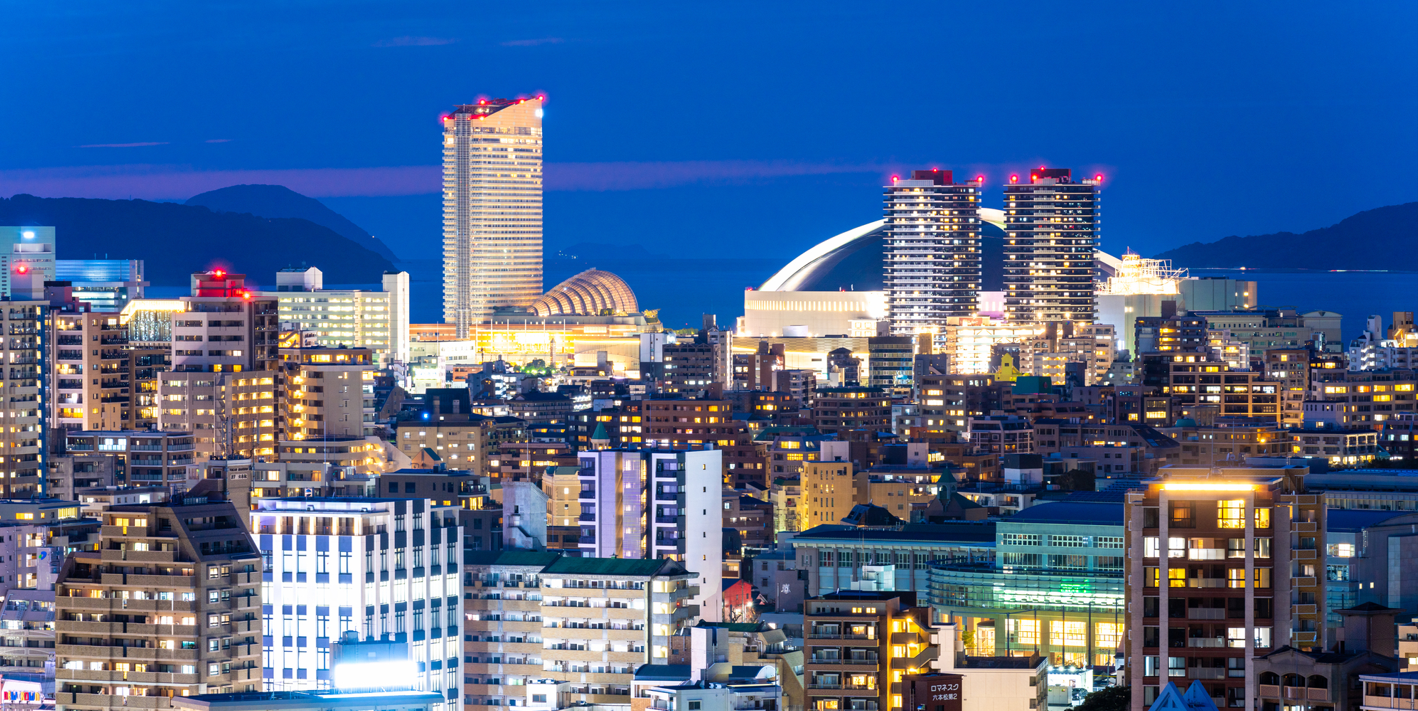
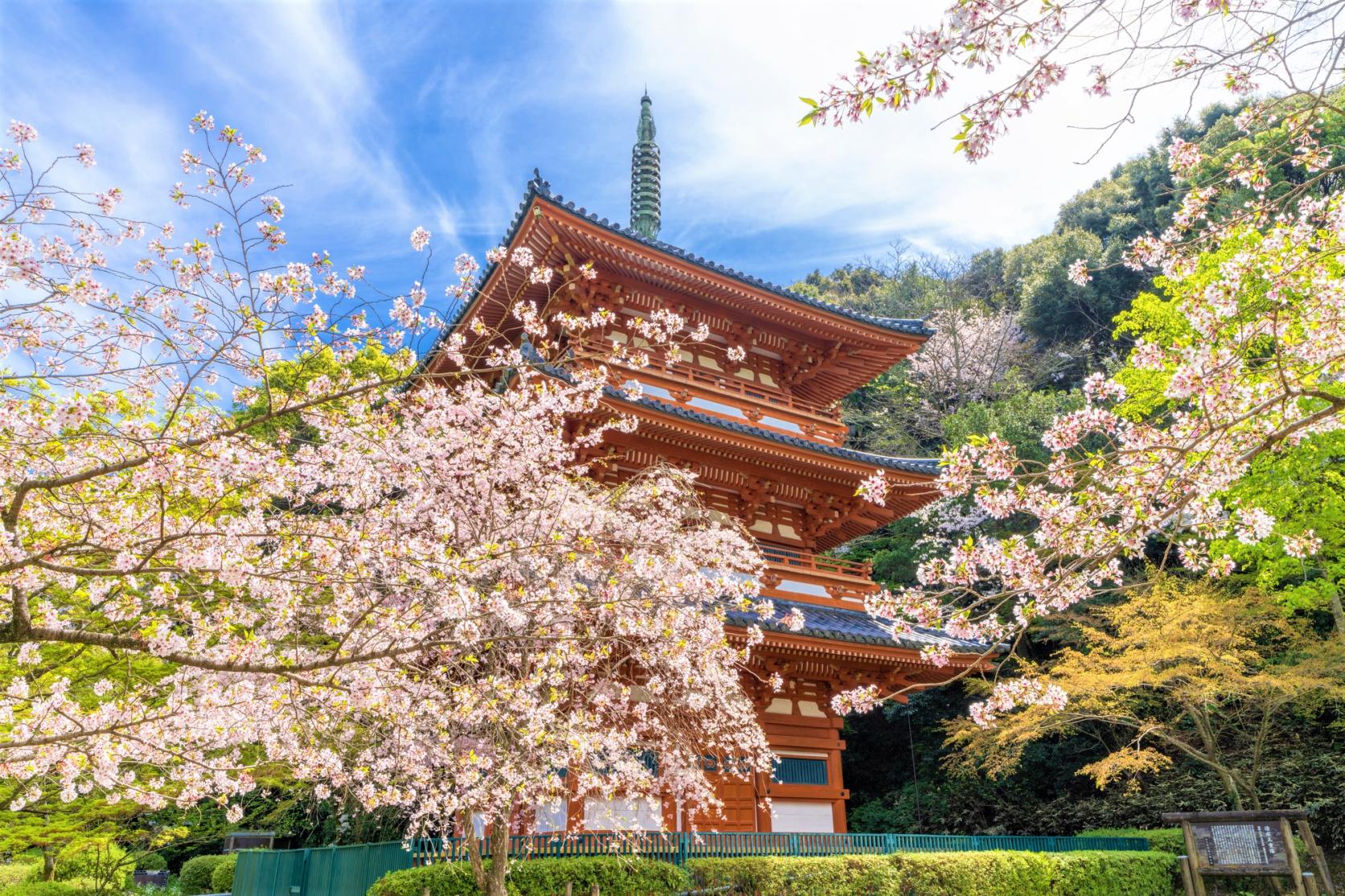
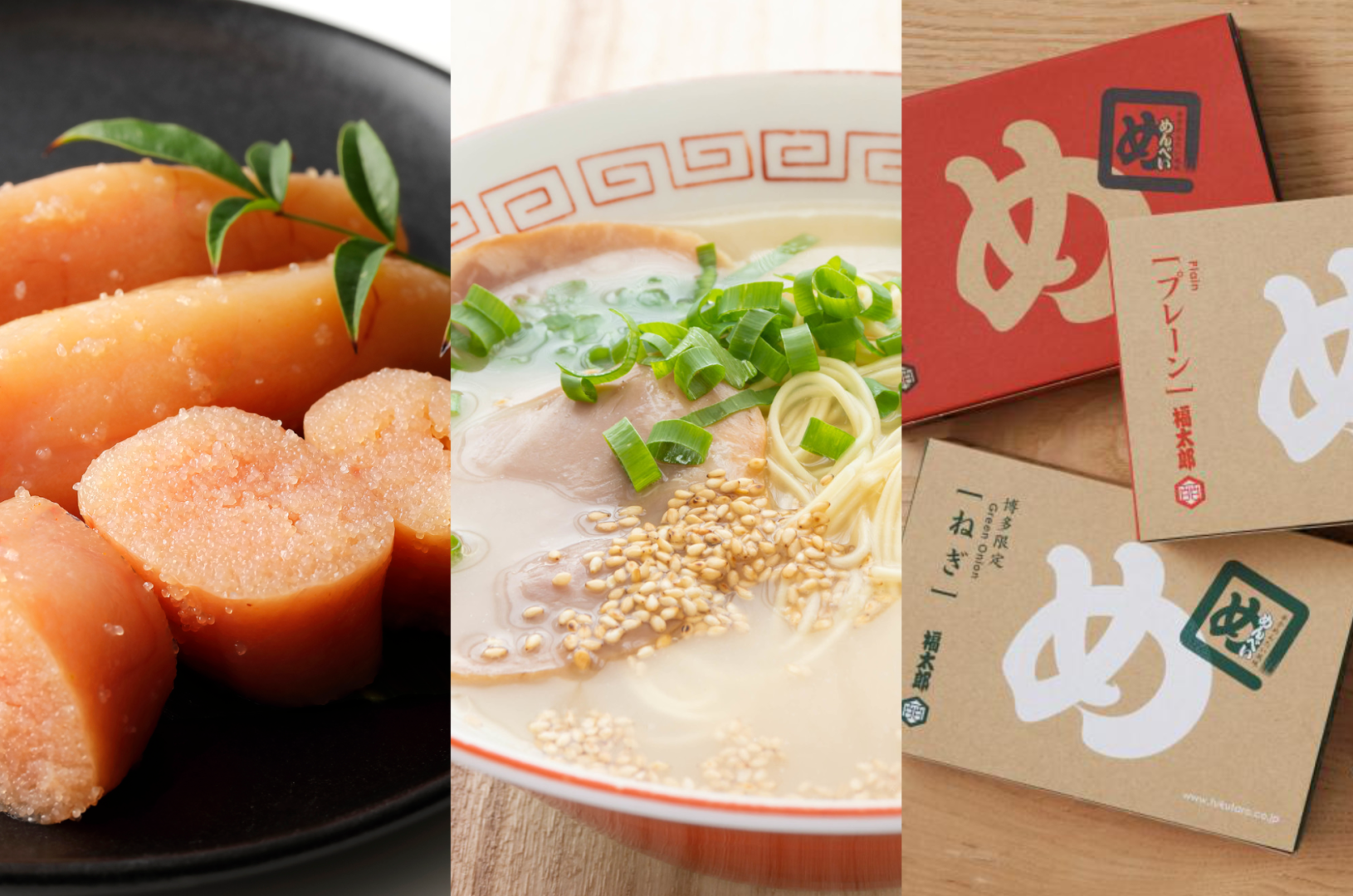
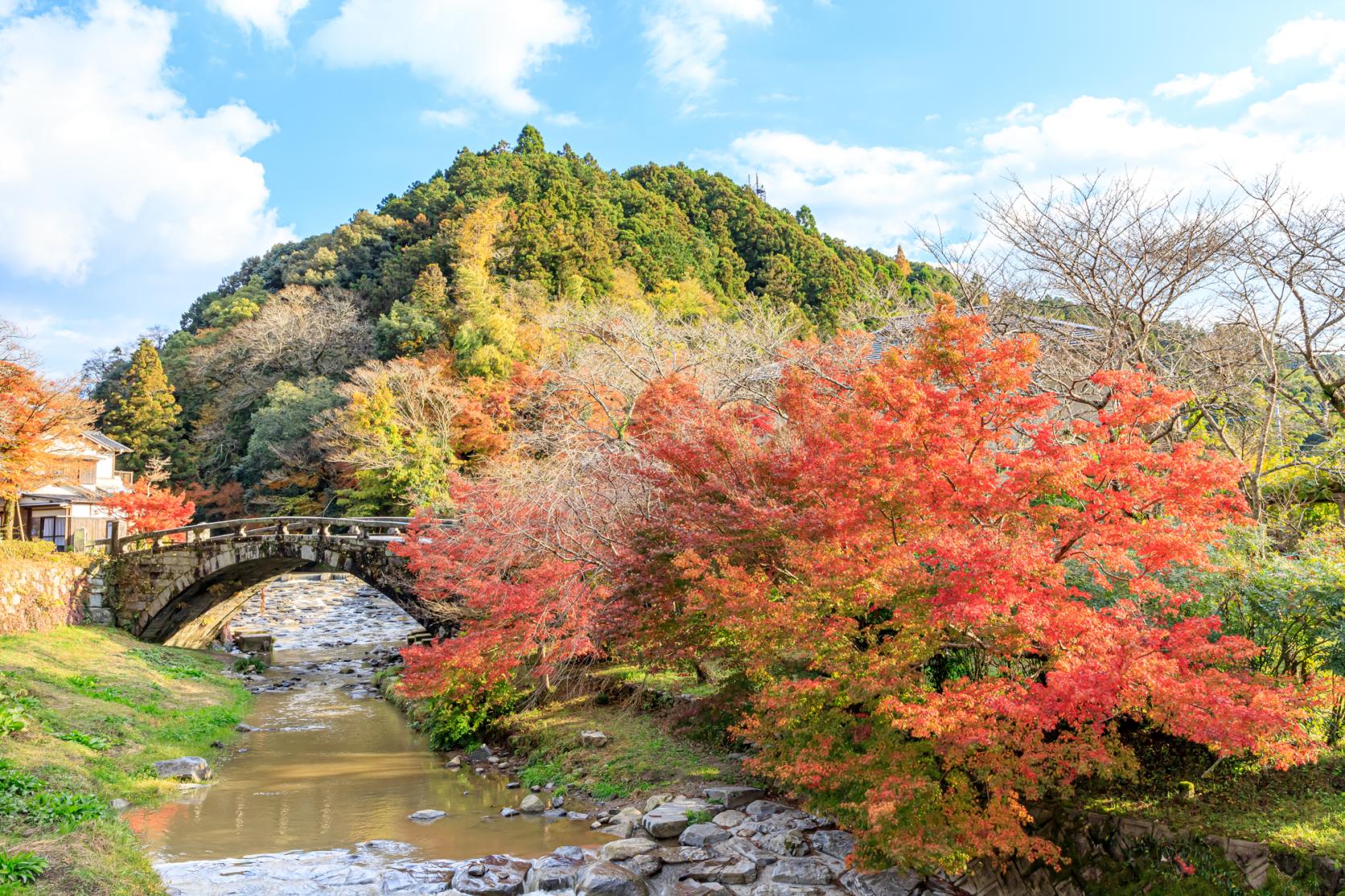

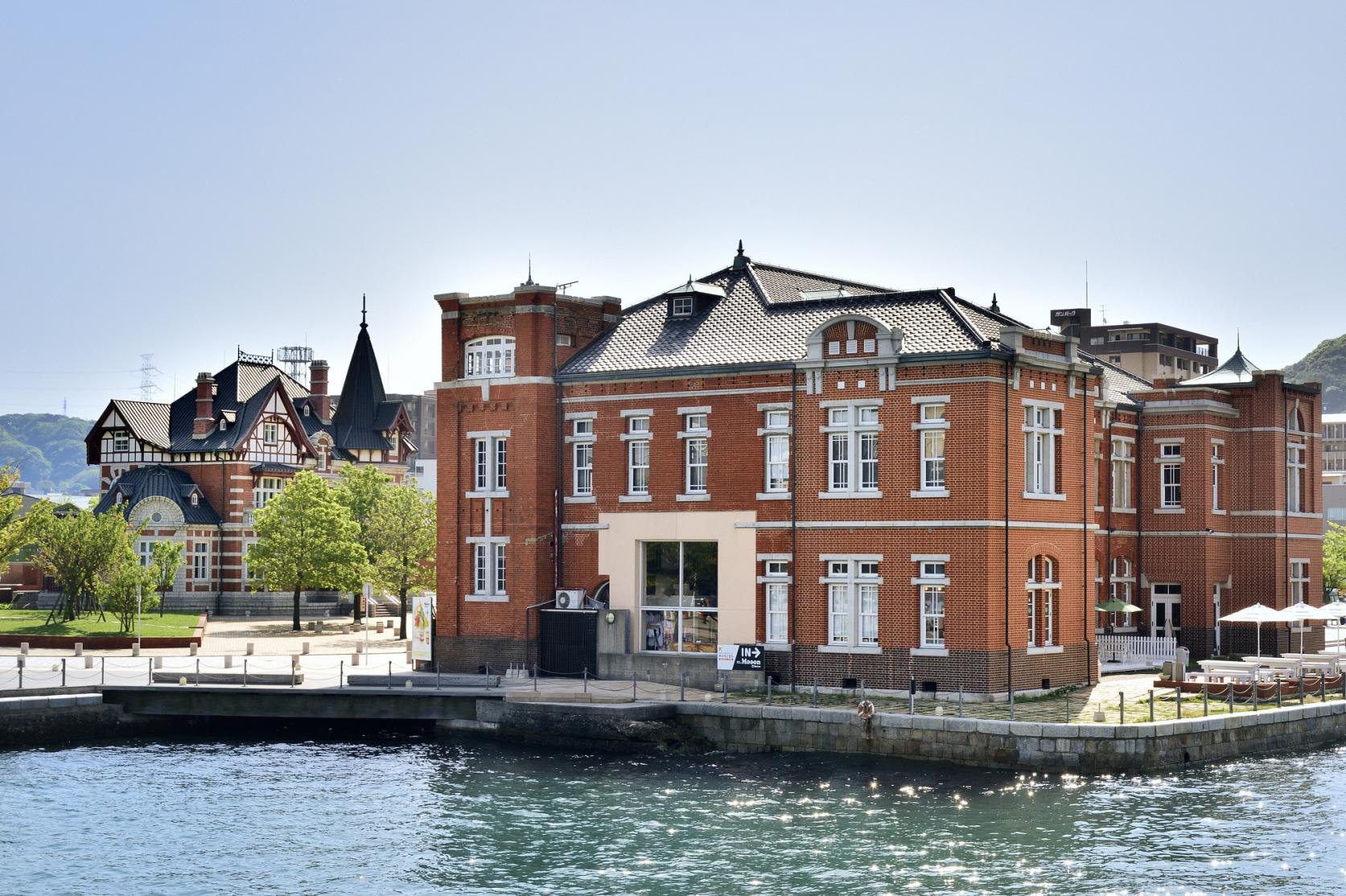
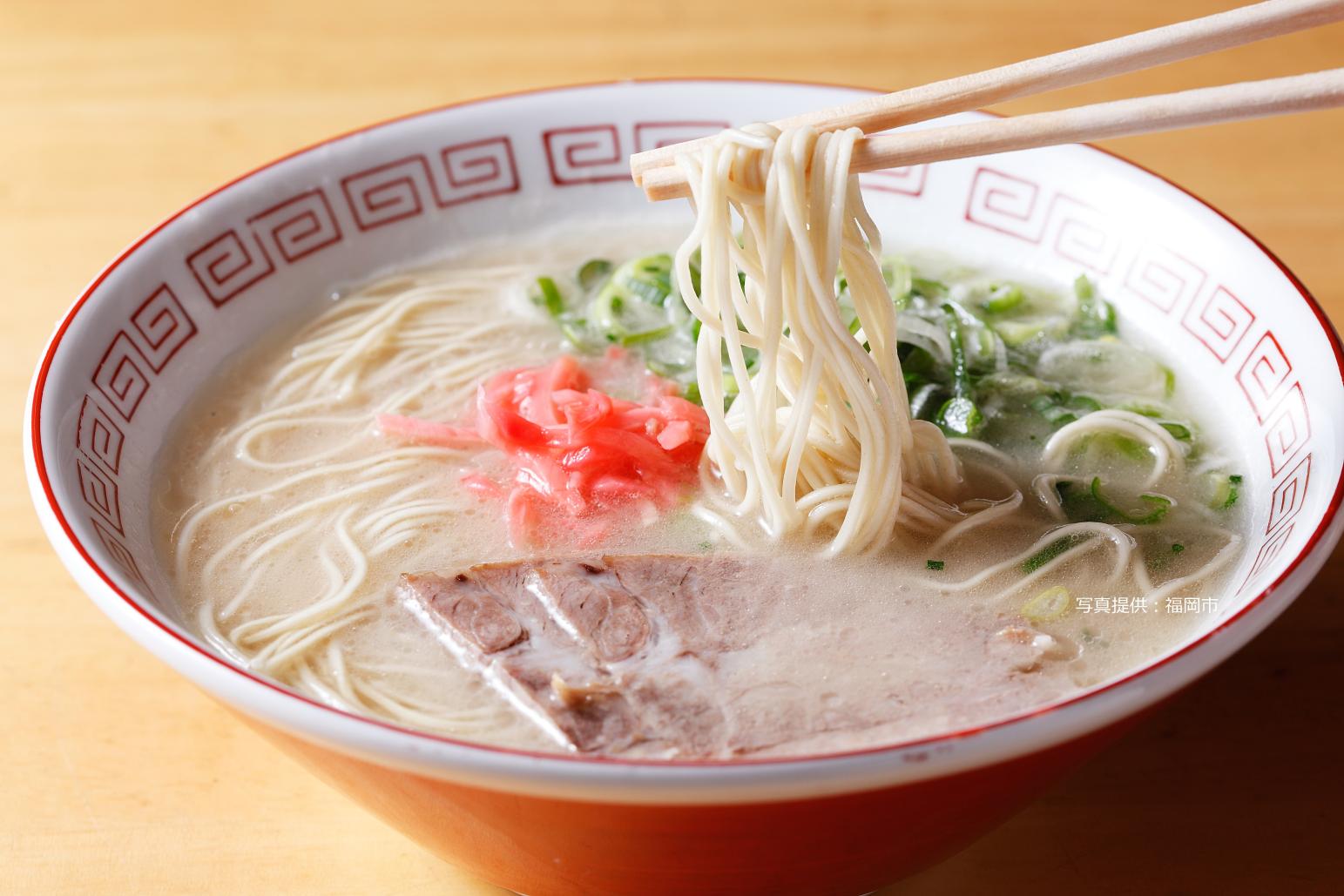
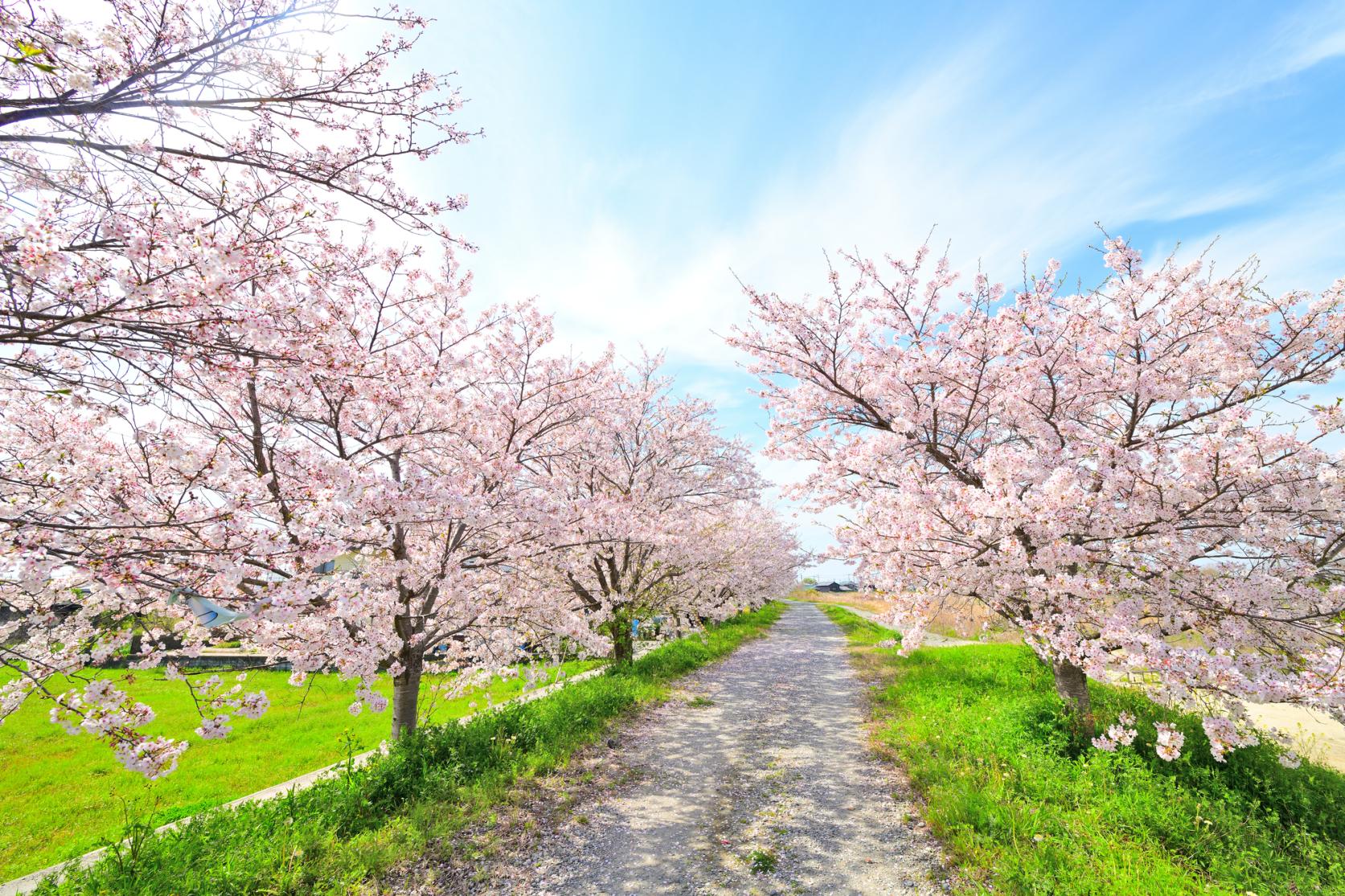
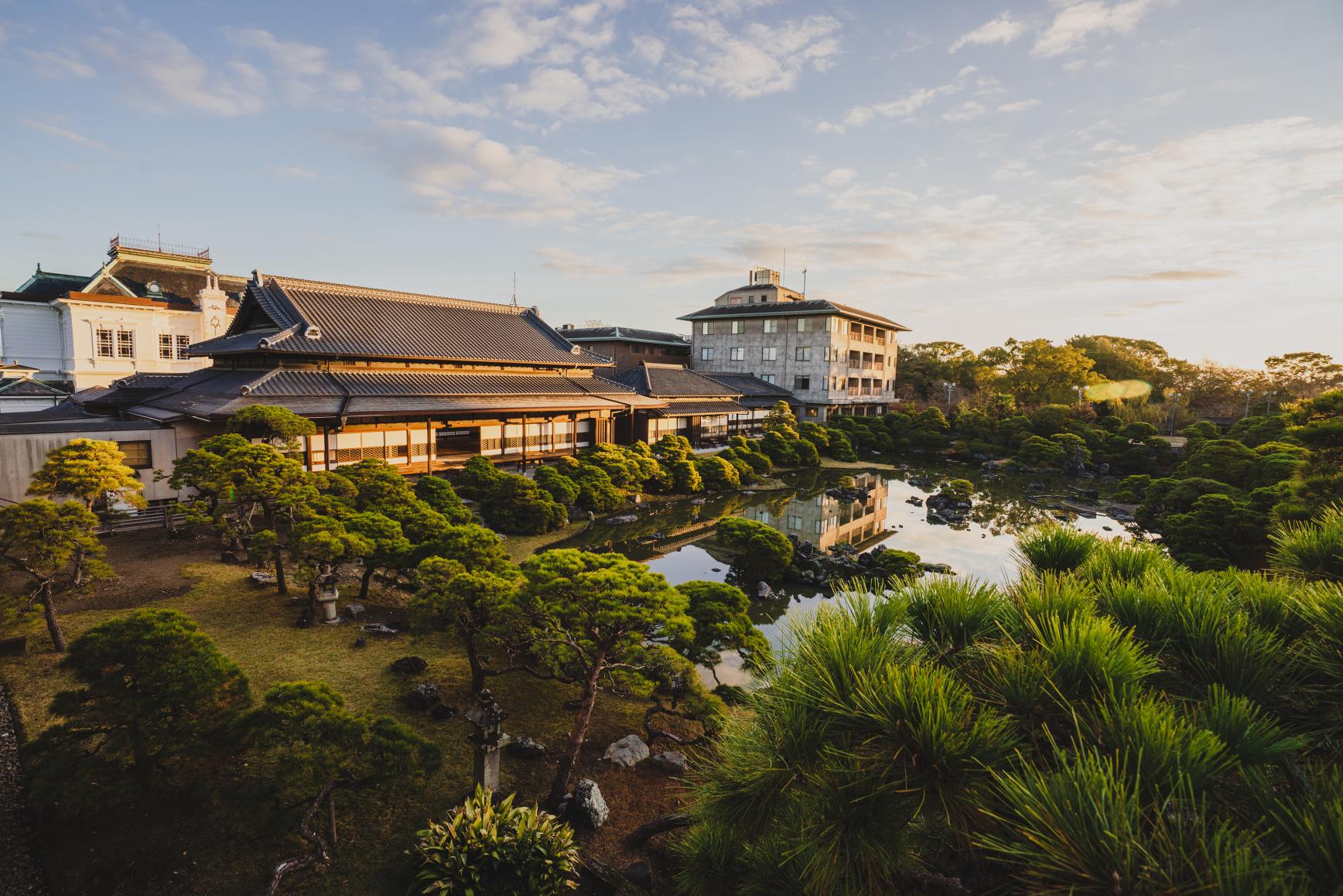
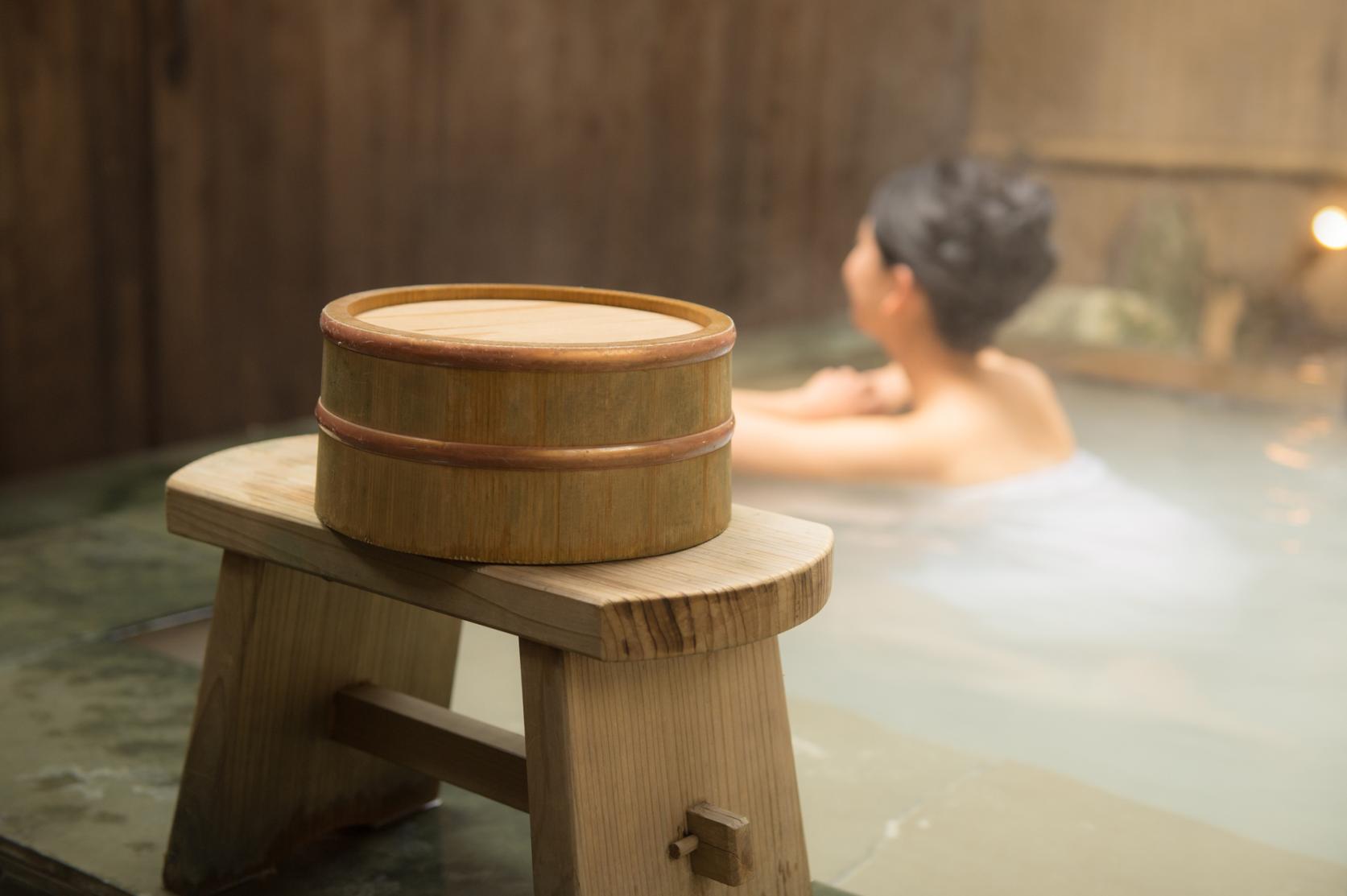
![[2025] Strawberry Picking Spots in Fukuoka-1](https://www.crossroadfukuoka.jp/storage/special_features/49/responsive_images/9ZHgrqvQdpH8tM4IRF54DXu0aPBF3YGGkj5WOTGc__1673_1115.jpg)
